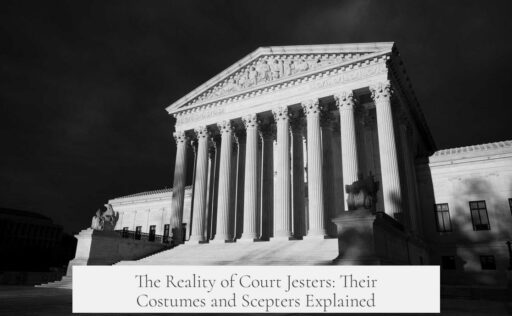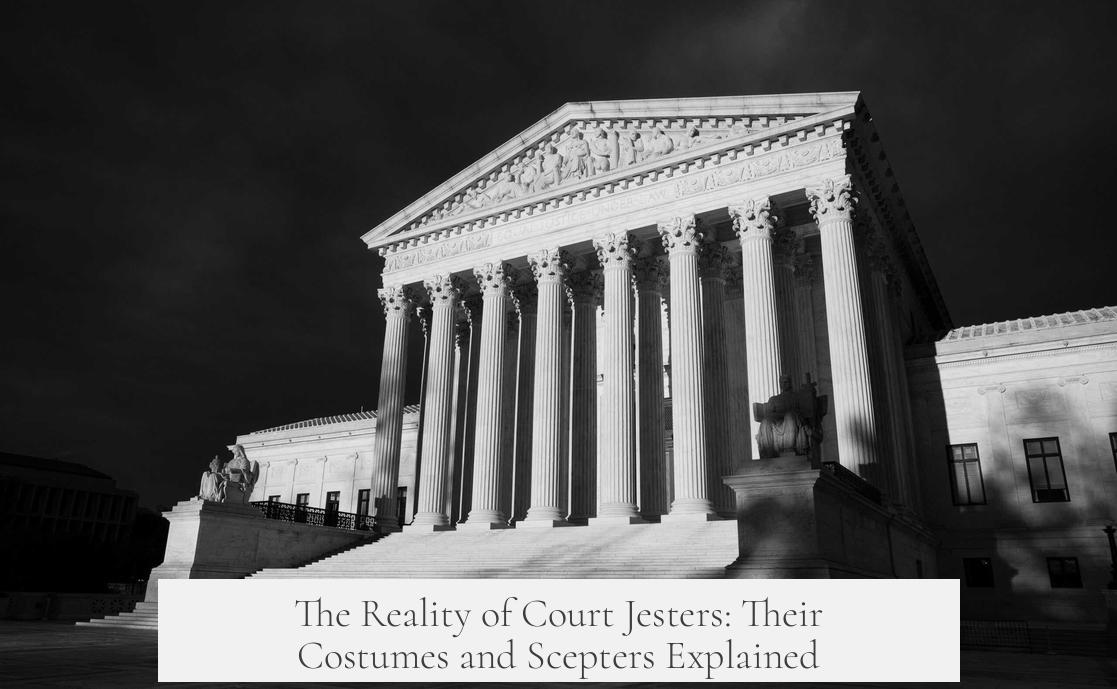Court jesters were real figures in medieval and Renaissance Europe who entertained royalty and nobility. They often wore distinctive clothing that included bells and sometimes carried a bauble, a type of scepter symbolizing their role. Their attire evolved from the 14th through the 16th century, featuring bright colors and musical accessories.
Jesters date back to at least the early 14th century in Europe. Their clothing became a recognizable court dress by this time and remained popular into the 16th century. A key feature of their attire was a hood with bells sewn onto the edges. For example, around 1350, jesters wore hoods with bells on the sides along with slops (underpants) and hosen (tight-fitting legwear). These bells produced sound as the jester moved, adding to the comedic effect of their performances.
By the early 15th century, their outfits grew more elaborate, incorporating numerous bells and colorful patterns. Artistic depictions from this period show jesters surrounded by other figures, emphasizing their unique and humorous appearance. These ensembles closely match the popular cultural image of jesters today.
In the late 16th century, paintings such as those of village fairs depict jesters wearing parti-colored suits—one side in one color and the other in a different color—with the traditional bell-adorned hood. This look solidified the iconic jester image with patchwork clothing and jingling bells.
Jesters occasionally carried a bauble, a mock scepter that was part of their props. This bauble was a symbol of their role, often decorated whimsically, and sometimes topped with a carved head or animal figure.
However, traditional jester attire fell out of favor by the mid-16th century. Notably, Will Somers, the court jester of King Henry VIII, is portrayed wearing more conventional, fashionable clothes of that era instead of the typical bell-adorned garb. This shift reflects changing tastes and the evolving role of jesters in court life.
- Jesters were real entertainers in European courts between the 14th and 16th centuries.
- Their clothing often featured colorful patterns and hoods decorated with bells.
- They sometimes carried a bauble, a scepter-like prop symbolizing their role.
- Traditional jester costumes declined in popularity by the late 16th century.
- Not all jesters wore bells or carried baubles, especially in later periods.
Were court jesters real historical figures?
Yes, court jesters were real. They served as entertainers and advisers in royal courts, especially during the Middle Ages and Renaissance.
Did court jesters carry scepters or baubles?
They sometimes carried a bauble, a type of mock scepter. This was a symbolic prop, often decorated to match their role.
Did jesters really wear clothing with bells?
Yes, from the 14th to the 16th century, jesters commonly wore outfits with bells attached, especially on their hoods. This was part of their recognizable attire.
Was the jester’s outfit colorful and unique?
Jesters often wore bright, particolored clothing. By the late 16th century, their costumes featured contrasting colors and distinctive patterns.
Did jester clothing change over time?
Yes, by the 16th century, traditional jester costumes began to decline. Some jesters, like Henry VIII’s Will Somers, wore more fashionable and conservative clothes instead.




